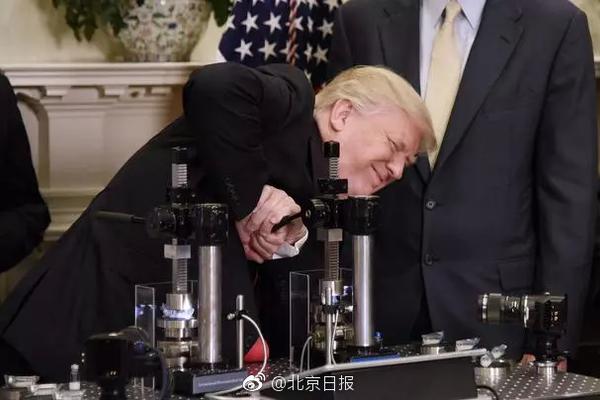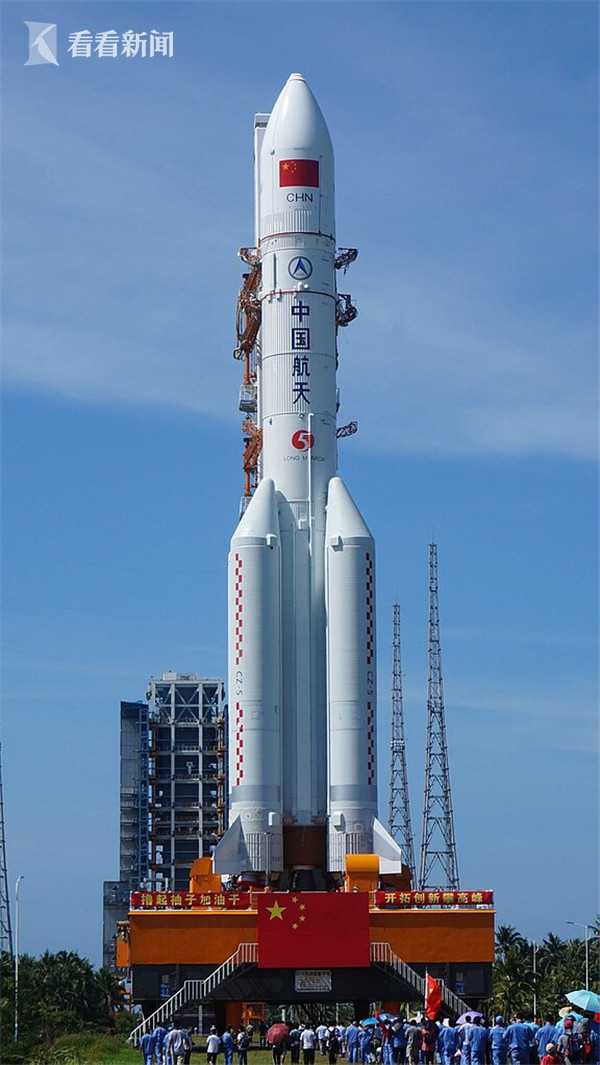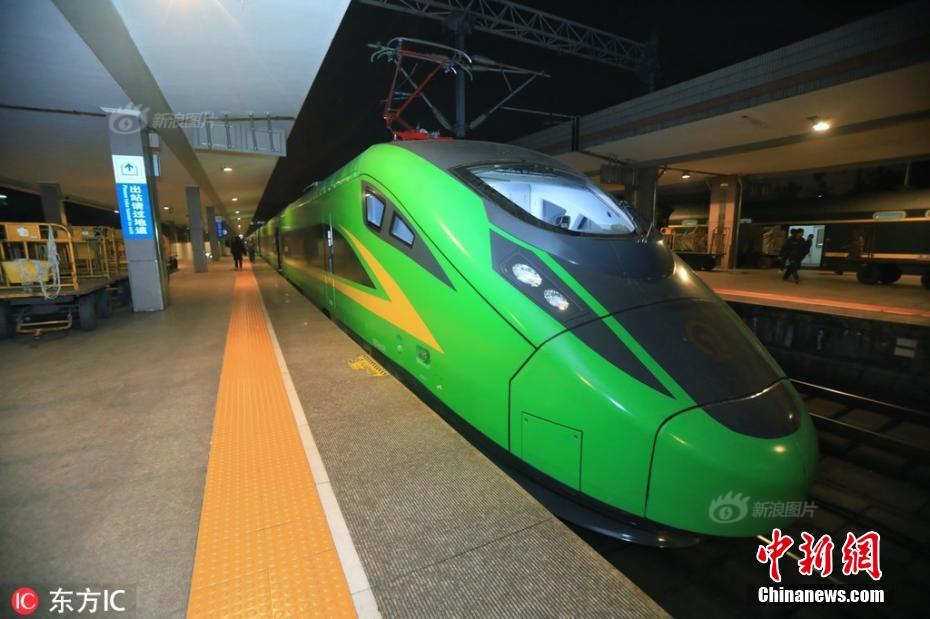
The development of mobile communication technology has gone through three stages: the first generation of mobile communication system: In the late 1970s, AT&T in the United States developed the first set of cellular mobile phone systems; the second-generation mobile communication system: the second-generation mobile communication digital wireless standards include: GSM; D-AMPS; PDC and IS-95CDMA, etc.
Looking at the development process of mobile communication, contemporary mobile communication can be divided into three stages: (1) The first generation of mobile communication is based on analog FM and frequency division multi-address technology, including public mobile communication system represented by cellular network system, dedicated mobile communication system represented by cluster system and no Rope phone.
Five remarkable achievements have been made in the construction of digital China in the new era: digital infrastructure has achieved leapfrog development.

1. Judging from the development process of mobile communication, mobile communication basically needs to be upgraded every 10 years. The first generation of mobile communication technology began in the 1980s, a cellular wireless telephone system based on analog technology. The 1G wireless system is designed to transmit only voice traffic and receive network traffic restrictions.
2. Its development history can be divided into the following stages: 2002-2005: At the beginning of its establishment, it mainly provided fixed telephone, broadband and other services.2006-2010: Began to lay out the 3G network and launched a number of value-added services, such as mobile payment, mobile TV, etc.
3. From 1G to 5G refers to the renewal of mobile communication technology, and the upcoming 5G is the fifth generation.
1. Specifically, each generation of communication technology is different in many places, but the biggest difference is the difference in speed.
2. G presents the characteristics of low delay, high reliability and low power consumption. It is no longer a single wireless access technology, but a general term for the solution after the integration of a variety of new wireless access technologies and existing wireless access technologies (4G backward evolution technology).
3. G period, that is, GPRS (General Packet Radio Service) general packet wireless service period. At this time, there is a data Internet service. With the PS core network, that is, Packet Switch, packet switching/packet switching. Packet switching no longer occupies the channel, but sends packets one after another.
The more typical systems of the second-generation cellular mobile communication are GSM, D-AMPS (ADC or IS-136), PDC (JDC ) and CDMA (IS-95). Except for CDMA (IS-95) The system uses CDMA technology to distinguish different physical channels, and other systems use TDMA technology to distinguish different physical channels.
Because the mobile communication system adopts a cellular structure, the mobile station must switch across the area when crossing the spatially divided community. That is, complete the transfer of the air interface from the mobile station to the base station and the corresponding transfer of the base station to the network population and the network population to the switching center.
This system consists of a mobile service switching center (MSC), a base station (BS) equipment and a mobile station (MS) (user device) and a transmission line from the switching center to the base station, as shown in the figure below.
Allowing to switch cellular data means allowing the switching of mobile data traffic.
1. The meaning of GSM GlobalSystem for Mobile Communications, that is, GSM, also known as Pan-European digital mobile phone system, It is the most widely used mobile phone standard at present. More than 1 billion people in more than 200 countries and regions around the world are using GSM phones.
2. The Global Mobile Communication System, abbreviated as GSM, is a digital mobile communication standard formulated by ETSI, the European Telecommunication Standards Organization. Its air interface adopts time-time multi-address technology. Since it was put into commercial use in the mid-1990s, it has been adopted by more than 100 countries around the world.
3. GSM is what we commonly call 2G network, not 3G network. 3G network can be backward compatible with 2G network.
HS code-driven export incentives-APP, download it now, new users will receive a novice gift pack.
The development of mobile communication technology has gone through three stages: the first generation of mobile communication system: In the late 1970s, AT&T in the United States developed the first set of cellular mobile phone systems; the second-generation mobile communication system: the second-generation mobile communication digital wireless standards include: GSM; D-AMPS; PDC and IS-95CDMA, etc.
Looking at the development process of mobile communication, contemporary mobile communication can be divided into three stages: (1) The first generation of mobile communication is based on analog FM and frequency division multi-address technology, including public mobile communication system represented by cellular network system, dedicated mobile communication system represented by cluster system and no Rope phone.
Five remarkable achievements have been made in the construction of digital China in the new era: digital infrastructure has achieved leapfrog development.

1. Judging from the development process of mobile communication, mobile communication basically needs to be upgraded every 10 years. The first generation of mobile communication technology began in the 1980s, a cellular wireless telephone system based on analog technology. The 1G wireless system is designed to transmit only voice traffic and receive network traffic restrictions.
2. Its development history can be divided into the following stages: 2002-2005: At the beginning of its establishment, it mainly provided fixed telephone, broadband and other services.2006-2010: Began to lay out the 3G network and launched a number of value-added services, such as mobile payment, mobile TV, etc.
3. From 1G to 5G refers to the renewal of mobile communication technology, and the upcoming 5G is the fifth generation.
1. Specifically, each generation of communication technology is different in many places, but the biggest difference is the difference in speed.
2. G presents the characteristics of low delay, high reliability and low power consumption. It is no longer a single wireless access technology, but a general term for the solution after the integration of a variety of new wireless access technologies and existing wireless access technologies (4G backward evolution technology).
3. G period, that is, GPRS (General Packet Radio Service) general packet wireless service period. At this time, there is a data Internet service. With the PS core network, that is, Packet Switch, packet switching/packet switching. Packet switching no longer occupies the channel, but sends packets one after another.
The more typical systems of the second-generation cellular mobile communication are GSM, D-AMPS (ADC or IS-136), PDC (JDC ) and CDMA (IS-95). Except for CDMA (IS-95) The system uses CDMA technology to distinguish different physical channels, and other systems use TDMA technology to distinguish different physical channels.
Because the mobile communication system adopts a cellular structure, the mobile station must switch across the area when crossing the spatially divided community. That is, complete the transfer of the air interface from the mobile station to the base station and the corresponding transfer of the base station to the network population and the network population to the switching center.
This system consists of a mobile service switching center (MSC), a base station (BS) equipment and a mobile station (MS) (user device) and a transmission line from the switching center to the base station, as shown in the figure below.
Allowing to switch cellular data means allowing the switching of mobile data traffic.
1. The meaning of GSM GlobalSystem for Mobile Communications, that is, GSM, also known as Pan-European digital mobile phone system, It is the most widely used mobile phone standard at present. More than 1 billion people in more than 200 countries and regions around the world are using GSM phones.
2. The Global Mobile Communication System, abbreviated as GSM, is a digital mobile communication standard formulated by ETSI, the European Telecommunication Standards Organization. Its air interface adopts time-time multi-address technology. Since it was put into commercial use in the mid-1990s, it has been adopted by more than 100 countries around the world.
3. GSM is what we commonly call 2G network, not 3G network. 3G network can be backward compatible with 2G network.
Supplier relationship management with trade data
author: 2024-12-24 02:28HS code-driven market penetration analysis
author: 2024-12-24 02:11How to meet import health standards
author: 2024-12-24 01:31Mining equipment HS code references
author: 2024-12-24 00:43Real-time trade document filing
author: 2024-12-24 00:17HS code-based cost modeling for imports
author: 2024-12-24 02:31Eco-friendly products HS code mapping
author: 2024-12-24 02:30Top-rated trade management software
author: 2024-12-24 01:54HS code strategy for African trade lanes
author: 2024-12-24 01:00 Frozen goods HS code classification
Frozen goods HS code classification
682.28MB
Check How to use data for HS code classification
How to use data for HS code classification
644.92MB
Check HS code-driven supplier performance metrics
HS code-driven supplier performance metrics
241.13MB
Check HS code filtering for restricted items
HS code filtering for restricted items
974.51MB
Check How to interpret global trade indices
How to interpret global trade indices
322.36MB
Check Advanced trade route cost analysis
Advanced trade route cost analysis
788.43MB
Check Medical reagents HS code verification
Medical reagents HS code verification
716.12MB
Check HS code-based re-exports in free zones
HS code-based re-exports in free zones
312.41MB
Check Organic textiles HS code verification
Organic textiles HS code verification
864.59MB
Check How to find niche import markets
How to find niche import markets
649.34MB
Check High-tech exports HS code categorization
High-tech exports HS code categorization
614.89MB
Check Global trade analytics for decision-makers
Global trade analytics for decision-makers
635.37MB
Check Trade intelligence for emerging markets
Trade intelligence for emerging markets
926.69MB
Check Top-rated trade management software
Top-rated trade management software
157.49MB
Check Trade intelligence for industrial equipment
Trade intelligence for industrial equipment
855.68MB
Check HS code variance across regions
HS code variance across regions
376.86MB
Check How to ensure stable supply lines
How to ensure stable supply lines
729.23MB
Check International trade database customization
International trade database customization
975.63MB
Check Global trade data harmonization
Global trade data harmonization
656.96MB
Check Trade intelligence for aerospace industry
Trade intelligence for aerospace industry
212.64MB
Check Global trade partner compliance checks
Global trade partner compliance checks
848.73MB
Check Construction materials HS code references
Construction materials HS code references
877.89MB
Check Paper and pulp HS code insights
Paper and pulp HS code insights
741.95MB
Check Asia import data insights
Asia import data insights
185.54MB
Check International trade event forecasts
International trade event forecasts
936.97MB
Check Steel industry HS code references
Steel industry HS code references
836.53MB
Check Trade data for food and beverage industry
Trade data for food and beverage industry
481.53MB
Check Chemical HS code alerts in EU markets
Chemical HS code alerts in EU markets
619.58MB
Check How to manage trade credit risks
How to manage trade credit risks
422.18MB
Check HS code filtering for import risk
HS code filtering for import risk
388.96MB
Check Cost-effective trade analytics solutions
Cost-effective trade analytics solutions
753.72MB
Check Global HS code repository access
Global HS code repository access
877.24MB
Check Global trade compliance scorecards
Global trade compliance scorecards
425.46MB
Check Country-specific HS code exemptions
Country-specific HS code exemptions
423.53MB
Check HS code alignment with trade strategies
HS code alignment with trade strategies
318.77MB
Check HS code-based global benchmarking
HS code-based global benchmarking
836.83MB
Check
Scan to install
HS code-driven export incentives to discover more
Netizen comments More
388 global goods transport
2024-12-24 02:18 recommend
2392 Industrial lubricants HS code classification
2024-12-24 00:51 recommend
2756 HS code compliance for African Union members
2024-12-24 00:48 recommend
1304 Composite materials HS code research
2024-12-24 00:42 recommend
1548 Industry-specific trade growth forecasts
2024-12-24 00:28 recommend